Healthy & Beneficial
Celery is a low-calorie vegetable with a high water content that contains a sizable dose of fibre, along with some vitamins and minerals. It’s a convenient on-the-go snack as well as a vegetable that can be incorporated into cooked dishes, stir-fries and salads. It has a long fibrous stalk tapering into leaves. Depending on location and cultivar, either its stalks, leaves or hypocotyl are eaten and used in cooking. Celery seed is also used as a spice and its extracts have been used in herbal medicine.
Also Try: THE LOVABLE LOTUS STEM
The first cultivation is thought to have happened in the Mediterranean region, where the natural habitats were salty and wet, or marshy soils near the coast where celery grew in plant communities. North of the Alps, wild celery is found only in the foothill zone on soils with some salt content. It prefers moist or wet, nutrient-rich, muddy soils. It is a marshland plant that comes from the same family as carrots and parsley. It has long, firm, pale green fibrous stalks and grows in bunches of approximately eight to 10. The stalks taper into leaves at the top. Although most people discard the leaves, they are also edible. Celery has a mild, earthy, slightly peppery taste.
The plants are raised from seed, sown either in a hotbed or in the open garden according to the season of the year, and, after one or two thinning and transplanting, they are, on attaining a height of 15–20 cm (6–8 in), planted out in deep trenches for convenience of blanching, which is affected by earthing up to exclude light from the stems Unlike some vegetables, celery retains most of its nutrients even if it is steamed.
Also Try: THE BENEFICIAL BITTER GOURD
A study published in 2011 in the journal LWT – Food and Science Technology compared celery that had been steamed, boiled and blanched and found that, after 10 minutes of steaming, the vegetable still maintained 83% to 99% of its antioxidants, compared with uncooked celery. On the other hand, boiling and blanching led to a 38% to 41% loss in antioxidants. Celery is rich in compounds called phytonutrients, which are produced by plants and may have antioxidant and anti-inflammatory properties. (Antioxidants are substances that help prevent cell damage, according to the National Institutes of Health; and ant-inflammatory compounds are those that fight inflammation in the body.)
Also Try: SAVOURY INDIAN PANCAKES
Celery was first grown as a winter and early spring vegetable. It was considered a cleansing tonic to counter the deficiencies of a winter diet based on salted meats without fresh vegetables. By the 19th century, the season for celery in England had been extended, to last from the beginning of September to late in April.
Celery is eaten around the world as a vegetable. In North America, the crisp petiole (leaf stalk) is used. In Europe, the hypocotyl is used as a root vegetable. The leaves are strongly flavoured and are used less often, either as flavourings in soups and stews or as a dried herb. Celery, onions, and carrots make up the French Mirepoix, often used as a base for sauces and soups. Celery is a staple in many soups, such as chicken noodle soup.
Also Try: WONDERS OF WATER CHESTNUTS
Celery leaves are frequently used in cooking to add a mild spicy flavour to foods, similar to, but milder than black pepper. Celery leaves are suitably dried as a sprinkled-on seasoning for use with baked, fried or roasted fish, and meats and as part of a blend of fresh seasonings suitable for use in soups and stews. They may also be eaten raw, mixed into a salad or as a garnish.
The seeds can be ground and mixed with salt, to produce celery salt. Celery salt can be made from an extract of the roots or using dried leaves. Celery salt is used as a seasoning, in cocktails (notably to enhance the flavour of Bloody Mary cocktails), on the Chicago-style hot dog, and in Old Bay Seasoning. Similarly, combinations of celery powder and salt are used to flavor & preserve cured pork and other processed meats as alternatives to industrial curing salt. The naturally occurring nitrites in celery work synergistically with the added salt to cure food.
Here are a few health benefits of Celery:
Celery is a low-calorie vegetable that may have powerful anti-inflammatory properties. It can be used to lower cholesterol levels and arthritis pain, quicken weight loss, protect against oxidative damage, and reduce high blood pressure. Including celery stalks in your diet might promote your overall health as it is rich in vitamin C.
Good for the immunity system: Rich in vitamins A and C as well as antioxidants, celery may greatly boost the immune system and make it more active and efficient. Eating this vitamin C-rich vegetable regularly can help reduce your risk of catching a common cold, as well as protect you against a variety of other diseases.
Helps reduce blood pressure: Celery contains organic chemical compounds called phthalides. These compounds may help lower the level of stress hormones in your blood. It also contains potassium, which is a vasodilator and can be helpful in reducing blood pressure. When blood pressure is reduced, it puts less stress on the entire cardiovascular system and reduces the chances of developing complications or suffering from a heart attack or stroke.
Has anti-inflammatory properties: Experimental studies show that celery can potentially help reduce inflammation in the body. A 2019 study suggested that celery leaves may affect cytokines, which are immune system messenger molecules responsible for anti-inflammatory effects in the body. This is because the leaves may have high levels of bioactive compounds. Researchers concluded that it can be a potential ingredient for the treatment and prevention of inflammatory diseases.
Helpful in reducing cholesterol levels: A research study published also suggests that the levers of fibre found in celery may help reduce artery-clogging cholesterol (called LDL or bad cholesterol) The phthalides in these vegetables also may help stimulate the secretion of bile juices, which work to reduce cholesterol levels. Less cholesterol means less plaque on the artery walls and a general improvement in heart health. The fibre that is found in it also can work to scrape the cholesterol out of the bloodstream and eliminate it from the body with regular bowel movements, further boosting cardiovascular health.
Here are a few Culinary Uses of Celery:
- Though we haven’t seen celery being used much in Indian cuisine and recipes yet, there is a scope and possibility of including it in a varied way and adding a touch of spice to it which can benefit us and also give us variety in our daily foods.
- Celery added to the kachumber concept with cucumber, onion, tomato, chillies, coriander, lime, and roasted crushed peanuts would be one of the good ways to start adding it in.
- A tempered celery and sesame seed raita, spiced up with a little roasted crushed cumin and a dash of mint and chaat masala is also one of the ways to add it on the side with a meal.
- Celery in the form of a subzi with cabbage/ carrots/ white radish and a tempering of mustard seeds, curry leaves, and dried red chillies done like a foogath or a poriyal concept with a little fresh coconut and coriander can be one of the tasty ways too.
- Blending it into juice, soups, adding it to baked dishes, stir-fried concepts, adding it into Chinese soups, gravies, fried rice, noodles, pot rice, futchi rice concepts, spring rolls, and wontons are quite popular.
Here are a few of my favourite recipes with celery:
Recipe-1] CELERY ALMOND SOUP
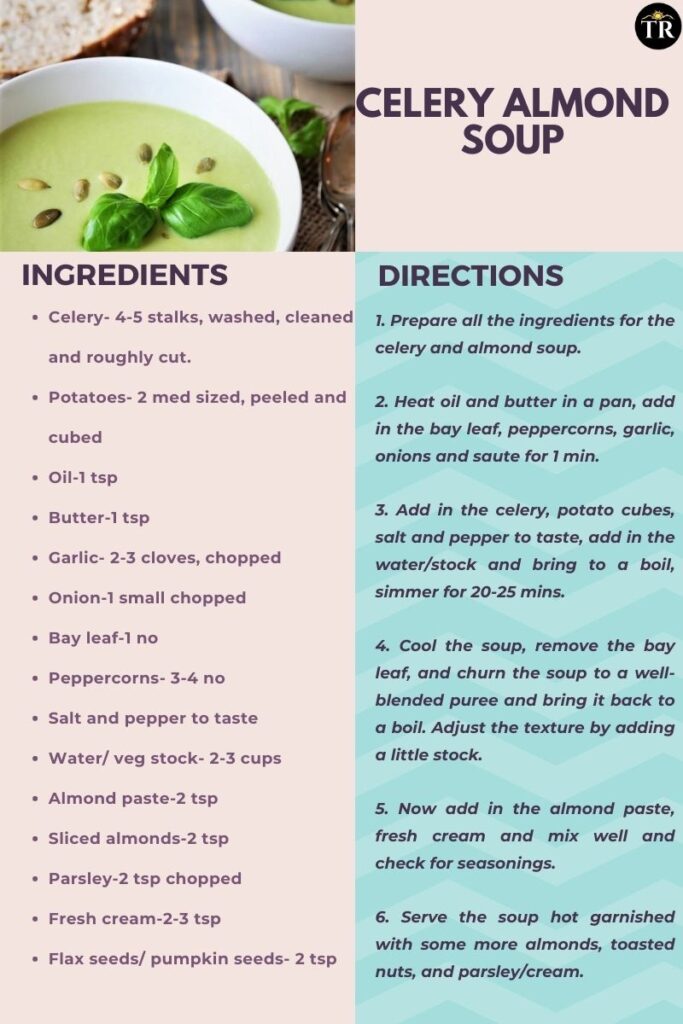
Recipe-2] CELERY PEPPER FRIED RICE
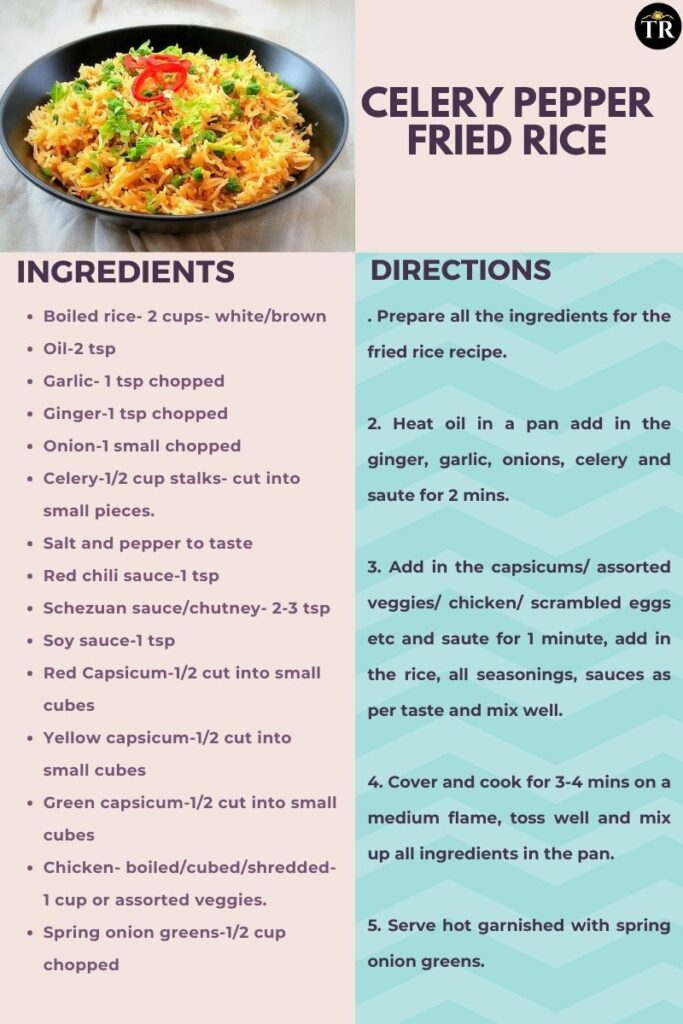
Recipe-3] STIR FRIED CELERY WITH CHICKEN

Recipe-4] CELERY & BEAN FRIED RICE
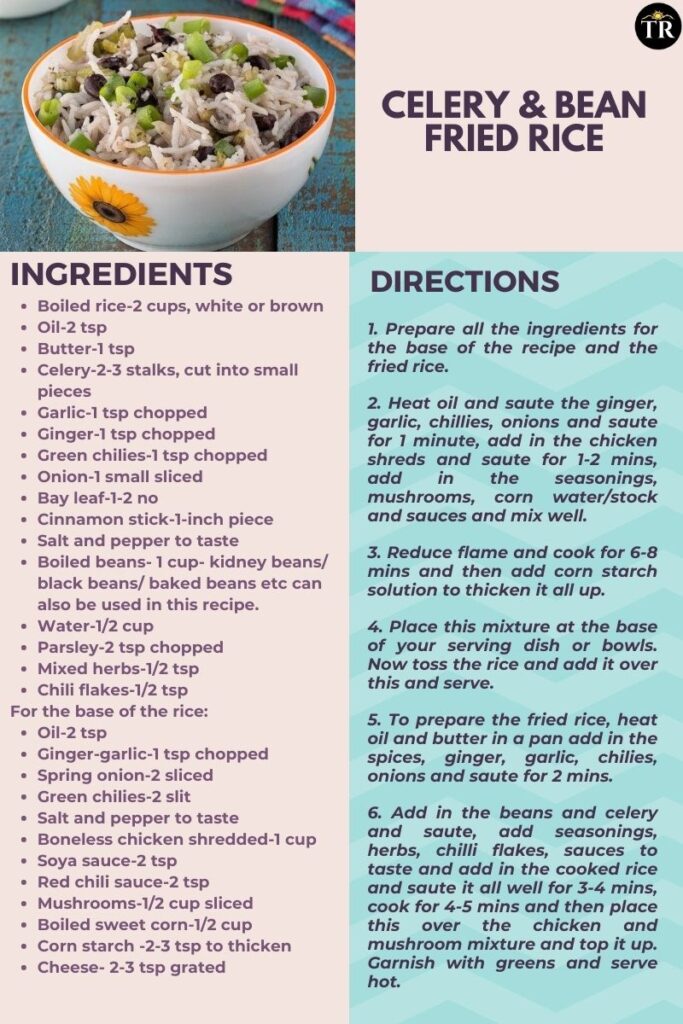
Recipe- 5] ASIAN CELERY STIR FRY
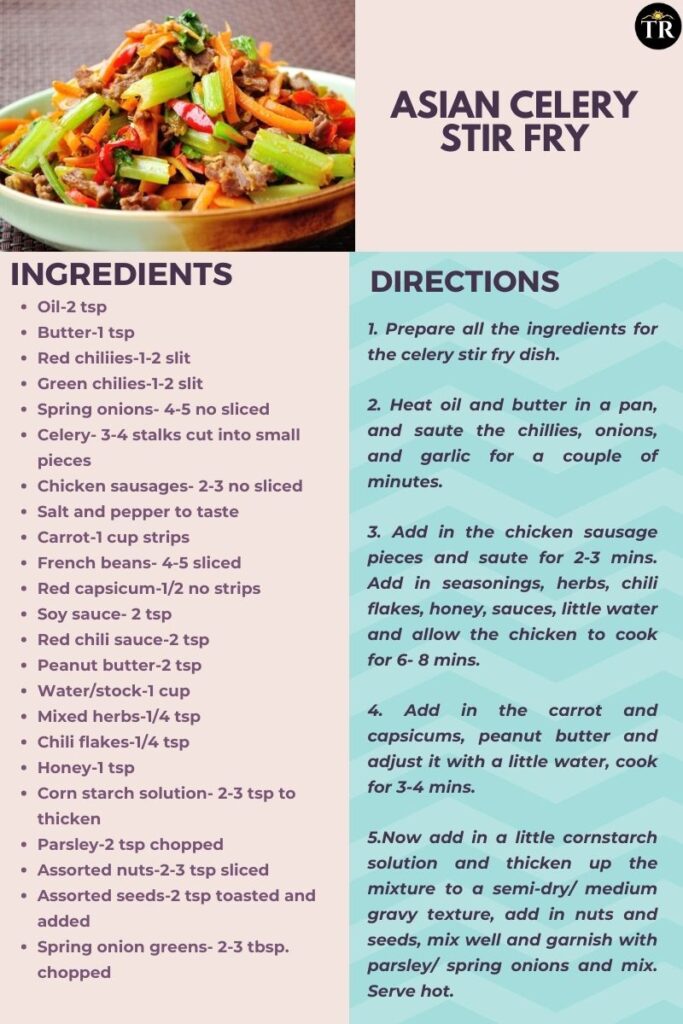
Recipe- 6] CELERY AVOCADO TUNA SALAD
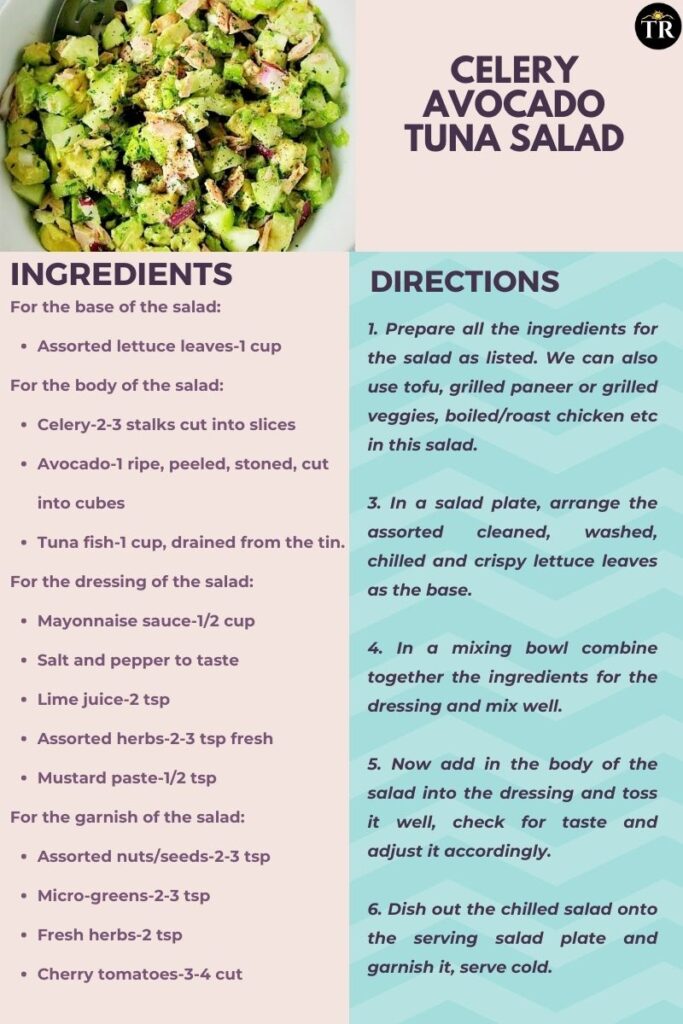
Disclaimer: The views expressed in this article are of the author solely. TheRise.co.in neither endorses nor is responsible for them. Reproducing this content without permission is prohibited.
About the author
Dr. Kaviraj Khialani, celebrity master chef is a Mumbai based food and hospitality consultant. He is specialised in over 33 plus international cuisines & is a two times national award winner for his excellence in his field of expertise. Chef Kaviraj has worked with some of the reputed hotel chains & airline companies in India & Overseas. He is a renowned academician, food designer & author- writer on food and culinary features, besides having been featured on Colors Television & Star plus he loves trying global fusion cooking promoting Indian food on an international platter for the diaspora.



































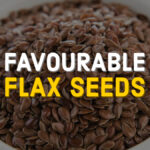




































































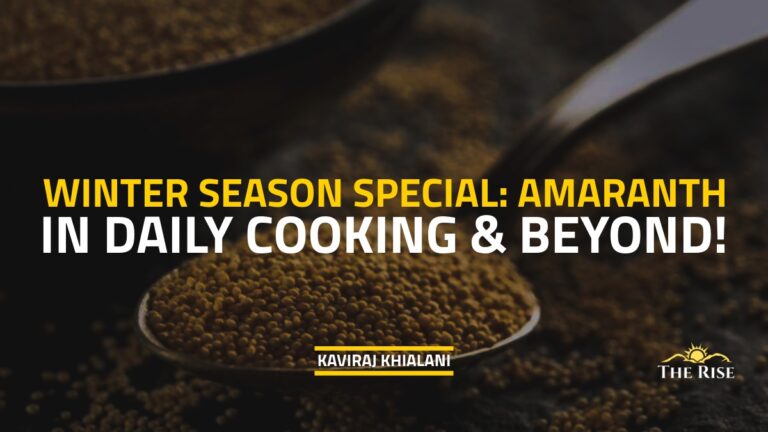


Pingback: CORN-U-COPIA DELICACIES TO RELISH - TheRise.co.in